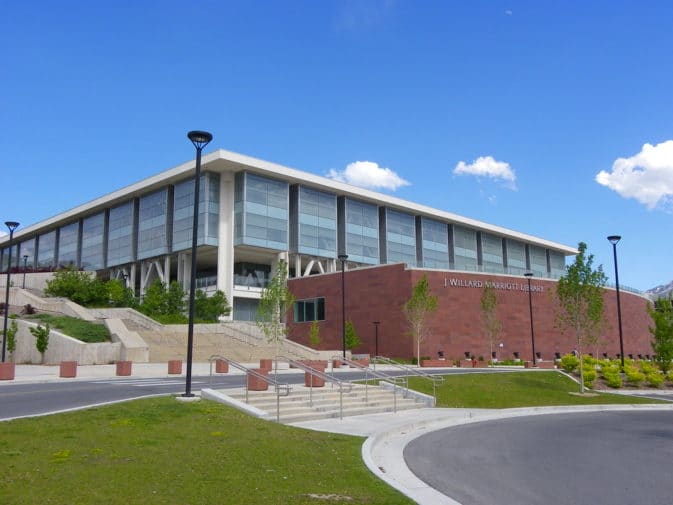How to harness the excess heat solar panels generate alongside electricity is an increasingly important question for the industry.
In most PV installations that heat is not put to any purpose and reduces power output and long term performance stability – although researchers in Saudi Arabia this week revealed a device that can use it to power water distillation without hindering generation levels.
Waste heat is also a major problem in consumer appliances, with a University of Utah team which believes it has found a way to reduce limits on thermoelectric generation citing estimates as much as two thirds of energy consumed annually in the U.S. is wasted as heat.
Different strategies exist for dealing with such waste heat, most still at the research stage. One possibility is thermoelectric generation, which can produce electricity from differences in temperature. A theoretical limit for the process – the blackbody limit proposed by Max Planck more than a century ago – was believed to limit its usefulness. Several studies in recent years, though, have found ways around the blackbody limit to achieve higher rates of thermal energy transfer.
Breakthrough
The latest such research comes from the University of Utah. In the paper A near-field radiative heat transfer device, published in Nature Nanotechnology, the scientists describe a chip measuring 5x5mm comprising two silicon wafers less than 100 nanometers apart. With the chip held in a vacuum, one of the surfaces is heated and the other cooled, generating electricity from the heat flux.
Finding a way to place the silicon surfaces closer than one thousandth the thickness of human hair apart without touching was key to development of the device. “No body can emit more radiation than the blackbody limit,” said Mathieu Francouer, a mechanical engineering associate professor at the University of Utah. “But when we go to the nanoscale, you can.”
According to Francouer, such a device could channel the electricity generated into an appliance, increasing battery life for a laptop or similar device by much as 50%. In solar installations, the chip could boost system output by converting heat from sunlight into electricity and keep the system’s operating temperature lower, preventing degradation.
“You put the heat back into the system as electricity,” said the associate professor. “Right now, we’re just dumping it into the atmosphere. It’s heating up your room, for example, and then you use your AC to cool your room, which wastes more energy.”
This content is protected by copyright and may not be reused. If you want to cooperate with us and would like to reuse some of our content, please contact: editors@pv-magazine.com.









By submitting this form you agree to pv magazine using your data for the purposes of publishing your comment.
Your personal data will only be disclosed or otherwise transmitted to third parties for the purposes of spam filtering or if this is necessary for technical maintenance of the website. Any other transfer to third parties will not take place unless this is justified on the basis of applicable data protection regulations or if pv magazine is legally obliged to do so.
You may revoke this consent at any time with effect for the future, in which case your personal data will be deleted immediately. Otherwise, your data will be deleted if pv magazine has processed your request or the purpose of data storage is fulfilled.
Further information on data privacy can be found in our Data Protection Policy.